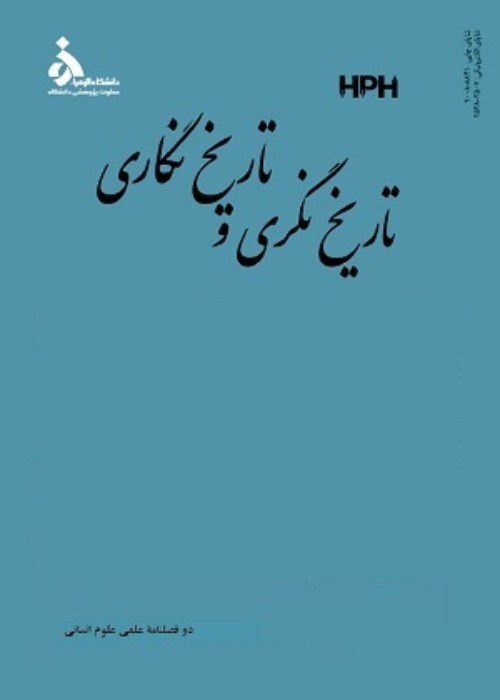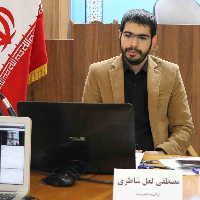A comparative study of Images of Jinns in Karbala in lithographed Books of Naseri era with Islamic Narratives: A case Study of Toofan-al-Bokae
According to thereligious narratives, Jinn is an immaterial creature that which occupies a lower position and to its inorganic intelligence and existence in the hierarchy of the universe, than humans and higher than animals. According to theIslamic narratives, a group of Jinns believed to the Holy Prophet (PBUH) after his revelation (Bi’that) and became Muslim. After the death of the Holy Prophet (PBUH), they followed the Imams (PBUt) and when necessary, expressed their readiness to sacrifice. Reports on the presence of a group of them in Karbala to support Imam Hussain (PBUH) can be considered as an example the meeting of a A group of Jinns with Imam Hussain (PBUH) in Karbala is a topic that was of interest to illustrators and artists of Qajar era and led to creation of some images in this area. Through method and content analysis of images, this present article seeks to answer the question that to what extent the images in Toofan-al-Bokae lithography in Naseri era (regardless of histirical reliability/lack of reliability) (1264-1313 AH) are consistent with Islamic narratives.we also try resolves some ambiguities regarding the presence of Za’far.
Jinn , Imam Hussain , Karbala , Lithography , Toofan-al-Bokae , Naseri era
- حق عضویت دریافتی صرف حمایت از نشریات عضو و نگهداری، تکمیل و توسعه مگیران میشود.
- پرداخت حق اشتراک و دانلود مقالات اجازه بازنشر آن در سایر رسانههای چاپی و دیجیتال را به کاربر نمیدهد.




